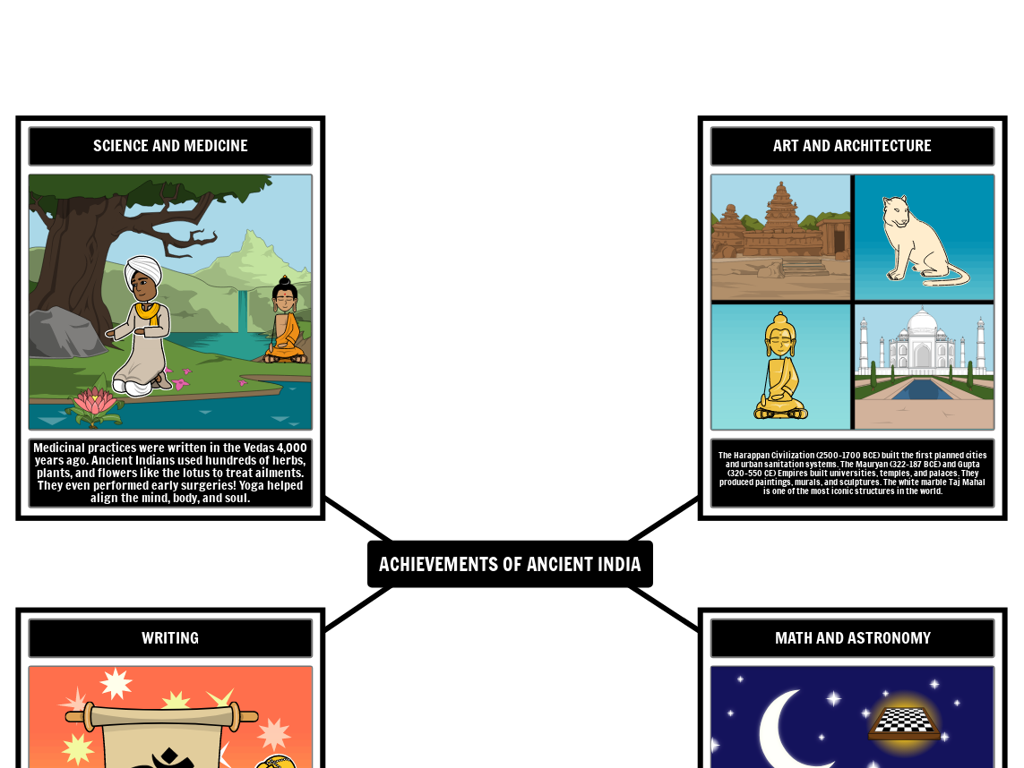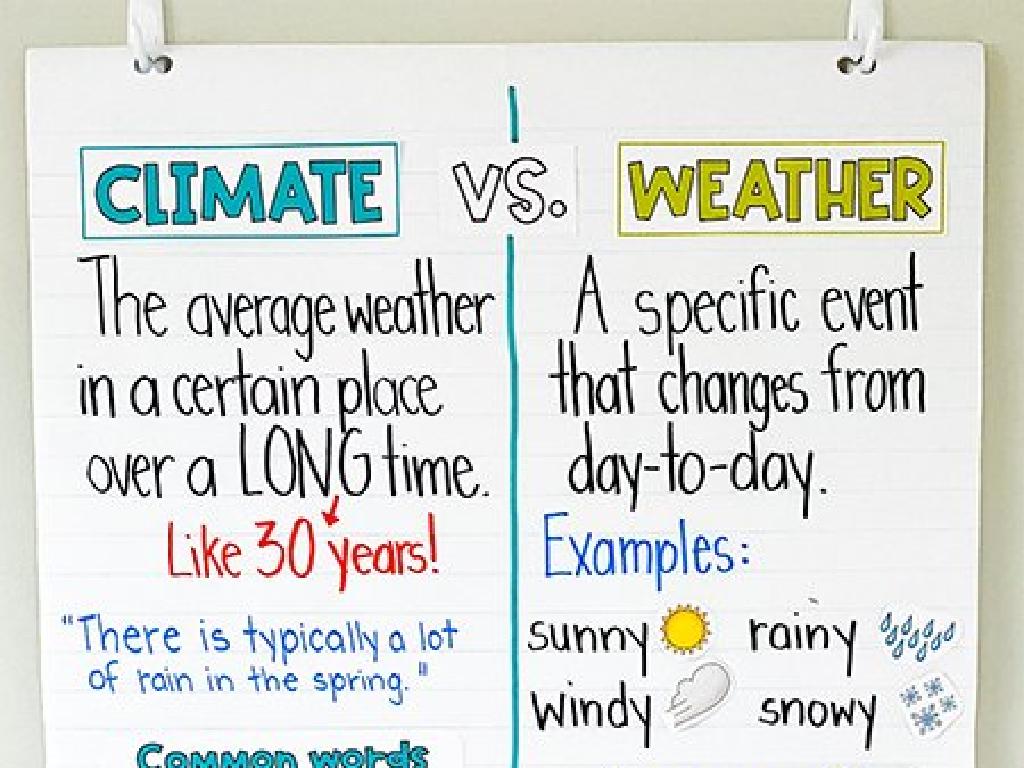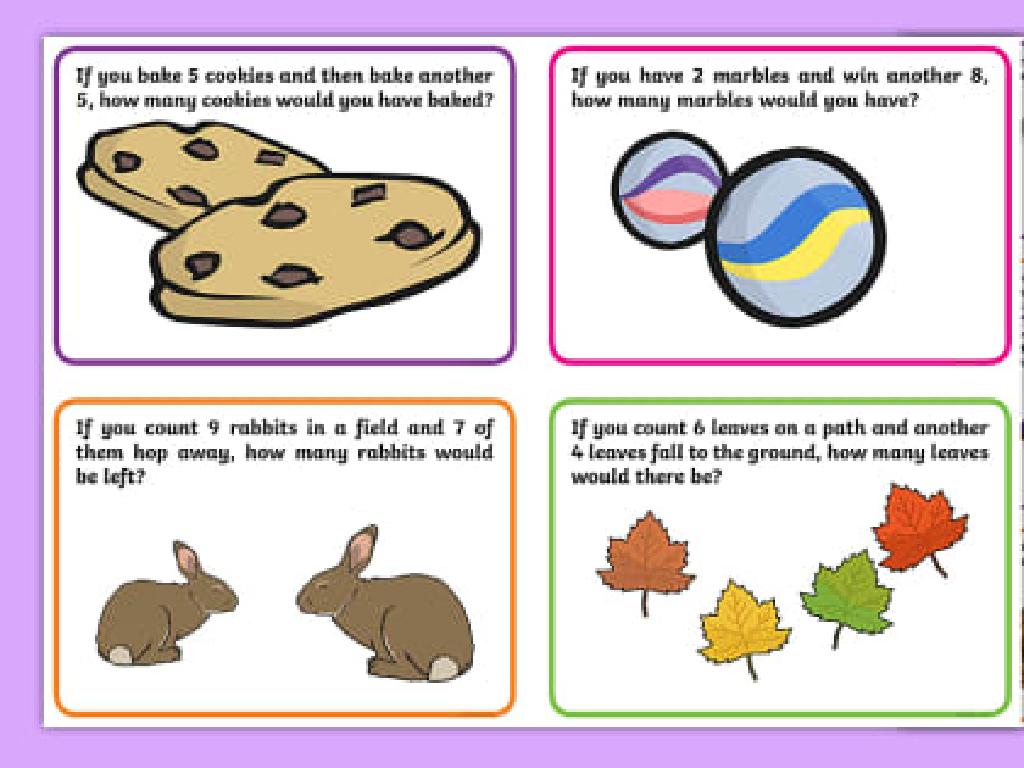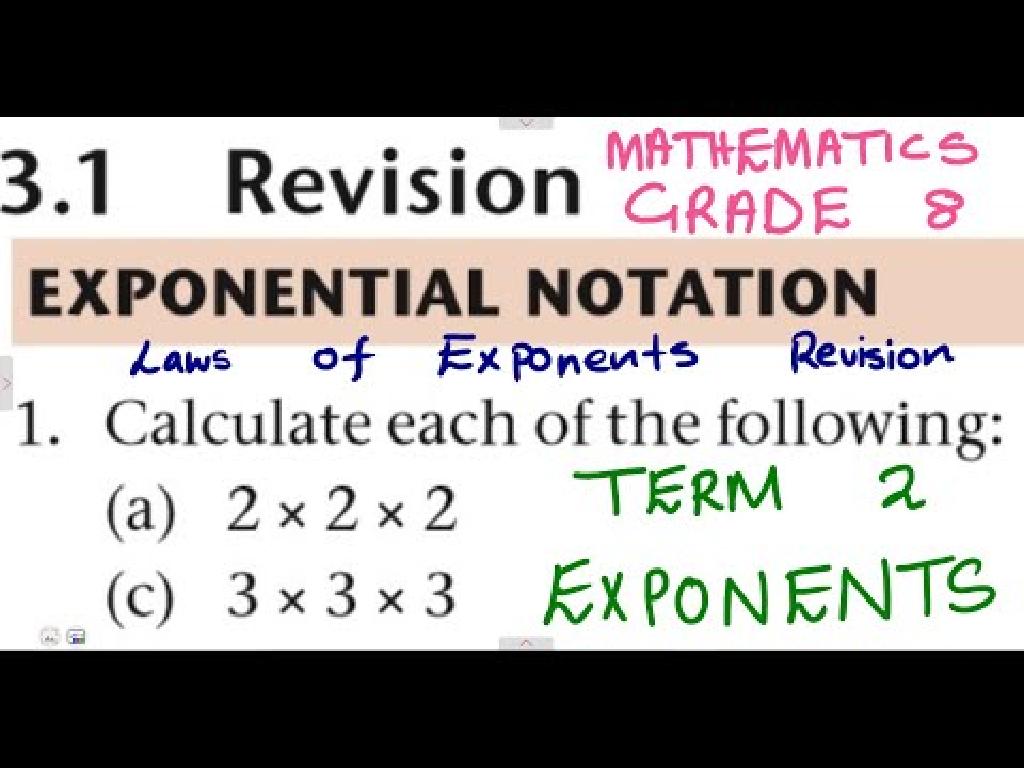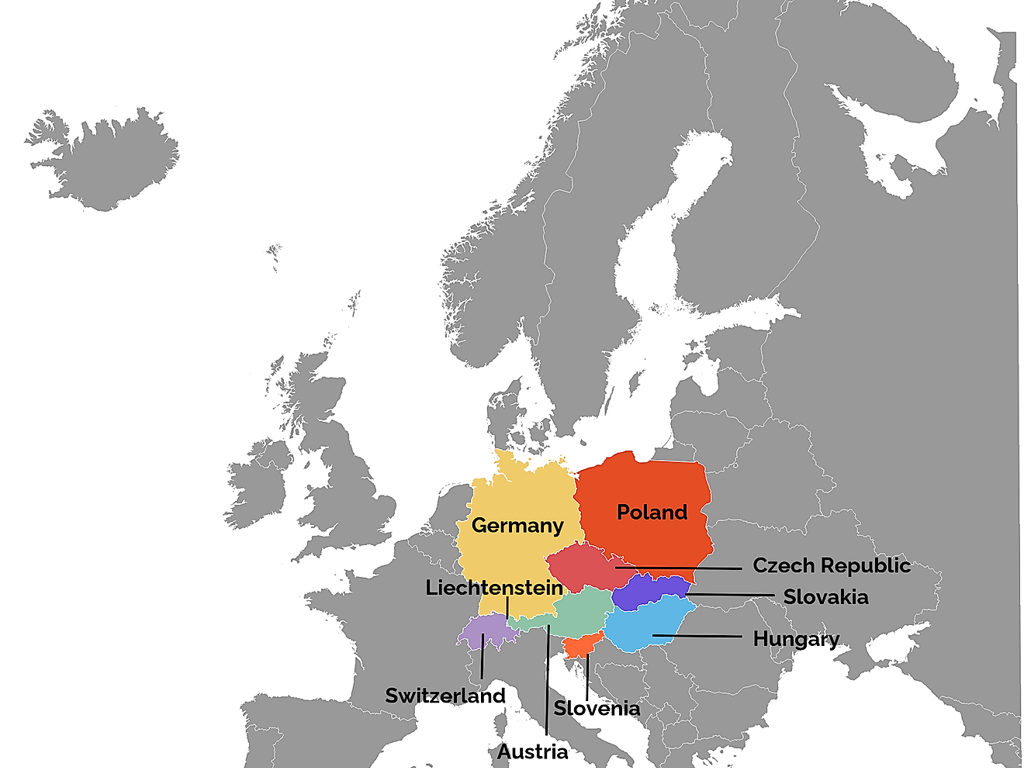Compare Money Amounts
Subject: Math
Grade: First grade
Topic: Money
Please LOG IN to download the presentation. Access is available to registered users only.
View More Content
Welcome to Money Math!
– Greetings, young learners!
– Today’s topic: Learning about money
– Know your coins: pennies, nickels, dimes, quarters
– Pennies are 1 cent, nickels are 5, dimes are 10, quarters are 25
– Comparing different coin values
– Which is more: 2 nickels or 1 dime? Let’s find out!
|
Begin the class with a warm welcome and an introduction to the concept of money, which is an essential life skill. Explain that understanding money involves recognizing coins and their values. Introduce pennies, nickels, dimes, and quarters, ensuring to show real coins or images for visual aid. Discuss the value of each coin and how they compare to each other. Engage the students with simple questions to compare coin values, such as whether two nickels have the same value as one dime. This will set the foundation for further activities where students will practice comparing and calculating with coins.
Understanding Money
– Money is used for purchases
– Ways to use money
– Earn, save, spend, or donate
– Coins and bills values
– Pennies, nickels, dimes, quarters, and dollars
– Money management basics
|
This slide introduces the concept of money to first graders. Begin by explaining that money is what we use to buy things like toys, food, and clothes. Discuss the different ways we can use money: earning it by doing chores, saving it for something big, spending it on things we need or want, and donating it to help others. Show them different coins and bills, explaining that each has a different value; for example, a quarter is worth more than a dime. Emphasize the importance of recognizing the value of each coin and bill to manage money effectively. Use real or play money to help students visualize and understand the concept better.
Meet the Coins
– Penny: worth 1 cent
– It’s the smallest coin.
– Nickel: worth 5 cents
– It’s larger than a penny.
– Dime: worth 10 cents
– It’s very small but worth a lot!
– Quarter: worth 25 cents
– It’s the biggest and worth the most!
|
This slide introduces the basic coins used in US currency to first graders. Each bullet point presents a different coin and its value, which is fundamental for understanding how to compare money amounts. The sub_content provides additional descriptors to help students visually identify each coin. In class, show real coins or images of each type and discuss their sizes, colors, and values. Encourage students to touch and hold the coins if possible. This tactile experience can help solidify their understanding of each coin’s physical characteristics and value. As an activity, you can ask students to match amounts with a pile of coins or to make the same amount using different coins.
Comparing Coins
– Comparing 2 nickels and 1 dime
– Both are worth 10 cents, but a dime is one coin, and 2 nickels are two coins.
– Counting pennies in a nickel
– A nickel is worth 5 pennies.
– Is a quarter more than 10 pennies?
– Yes, a quarter is worth 25 pennies, which is more than 10.
|
This slide is aimed at helping first graders understand the value of different coins and how to compare them. Start by showing the students real coins or pictures of coins to help them visualize. Explain that even though 2 nickels and 1 dime look different, they have the same value. Use hands-on activities like counting pennies to make a nickel to reinforce the concept. Discuss that a quarter is worth more than 10 pennies by counting up to 25. Encourage students to think about the size and number of coins in comparison to their value. This will help them grasp the concept of money and its worth in a practical and interactive way.
Let’s Practice Comparing Money!
– Practice with play money
– Group activity: Compare coin piles
– Decide as a team which pile has higher value
– Individual activity: Match value
– Connect each coin to its amount
– Understanding money’s worth
– Grasp that different coins add up to different amounts
|
This slide is designed for a hands-on class activity to help first graders understand the concept of comparing money amounts. Provide each group with an assortment of play coins and instruct them to form two piles. The group activity will involve discussions among students to determine which pile has a greater total value. For the individual activity, give each student a set of coins and a worksheet to match the coins to their corresponding values. This will reinforce their ability to recognize coins and understand their worth. Encourage students to use counting and addition skills. As a teacher, circulate the room to assist and ask guiding questions. Possible activities: 1) Sorting coins by value, 2) Adding up coins to match a price tag, 3) Creating two piles of coins with the same total value, 4) Using coins to ‘buy’ classroom items with price tags, 5) Playing a ‘store’ game where students ‘purchase’ items from each other using play money.
Class Activity: Money Match-Up Game
– Let’s play Money Match-Up
– Find matching money cards
– Look for cards with equal money value
– Work in teams to find pairs
– Cooperation is key to success
– All matches win a point!
|
This interactive game is designed to help first graders recognize and compare different money amounts. Set up pairs of cards with various money amounts on them, ensuring there are matching pairs. Students will work in small groups to find the matching pairs, which will reinforce their understanding of the value of different coins and bills. Encourage teamwork and communication as they discuss and compare the money amounts. Keep the activity light and fun, and consider offering small rewards for each match to keep the students engaged. This hands-on activity not only aids in learning about money but also fosters social skills and cooperative learning.
Great Work on Money Comparison!
– Congratulations on learning about money!
– Recall: Coins have different values.
– A penny is worth 1 cent, a nickel is worth 5 cents, and so on.
– Practice comparing coins at home.
– Try using real coins to compare and make different amounts.
– Keep up the good work!
|
Today’s lesson was an important step in understanding the value of money and how to compare different amounts. Reinforce the concept that each coin has its own value and that by knowing these values, students can determine how much money they have in total. Encourage them to practice with real coins at home, which will help solidify their understanding and improve their counting skills. Remind them that learning about money is not only fun but also a valuable life skill. Celebrate their effort and progress in today’s class and motivate them to continue practicing.

